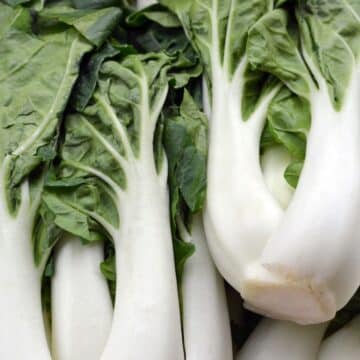Blackberries and mulberries are both types of berries, but they are distinct in terms of their appearance, taste, and nutritional content.
Berries are a beloved fruit for many, with their vibrant colors and juicy flavors making them a perfect addition to a variety of dishes. Two popular berries that may appear similar but are in fact distinct are the blackberry and the mulberry. While both are delicious and nutritious, they differ in many ways, including appearance, taste, nutritional content, and culinary uses.
In this article, we will delve into the differences between blackberries and mulberries to help you understand and appreciate these unique berries. Whether you're a fan of one or the other or are simply curious about the distinctions, this article will provide an insightful exploration of these two popular fruits.

What is a Blackberry?
Blackberry is a small, dark purple or black fruit that grows on a bush in the Rosaceae family. It is native to North America and is now grown in many parts of the world. Blackberries are known for their juicy, sweet-tart flavor and are often used in desserts, jams, and baked goods.
The blackberry plant is a perennial shrub that grows up to 10 feet (3 meters) tall and has thorny stems. The fruit grows in clusters on the plant and is usually ready to be harvested in the summer months.
Blackberries are a good source of vitamins and minerals, particularly vitamin C, vitamin K, and fiber. They also contain antioxidants, which can help protect the body against damage from harmful molecules called free radicals. Blackberries can be eaten fresh, frozen, or cooked, and are a popular ingredient in many recipes.
What Is A Mulberry?
A mulberry is a sweet and juicy fruit that grows on the mulberry tree, which belongs to the Moraceae family. The mulberry tree is native to Asia, but it is now grown in many parts of the world, including Europe and North America. The fruit comes in different colors, ranging from white to deep purple, and can be eaten raw or used in cooking and baking.
The mulberry tree is a deciduous tree that grows up to 30 feet (9 meters) tall and has broad, dark green leaves. The fruit grows in clusters on the tree and is usually ready to be harvested in the late spring or early summer months, depending on the region.
Mulberries are a good source of vitamins and minerals, particularly vitamin C, iron, and antioxidants. They have a sweet flavor and are often used in desserts, jams, and syrups. They can also be used to make wine and are sometimes used as a natural dye for fabrics.
In addition to their culinary uses, mulberries have also been used in traditional medicine for their potential health benefits. For example, they have been used to treat conditions such as anemia, diabetes, and high blood pressure. However, more research is needed to fully understand their medicinal properties.
Differences Between Blackberry & Mulberry
Here are some key differences between blackberries and mulberries:
- Appearance: Blackberries are small, round, and shiny black berries with a tart flavor. Mulberries, on the other hand, are oblong-shaped and can range in color from white to dark purple. They have a sweet flavor and are often described as having a slightly nutty taste.
- Nutritional content: Both blackberries and mulberries are good sources of vitamins and minerals, but they have different nutritional profiles. Blackberries are high in vitamin C, vitamin K, and fiber, while mulberries are rich in vitamin C, iron, and antioxidants.
- Culinary uses: Blackberries are often used in desserts, jams, and pies, while mulberries are commonly used in baking, smoothies, and as a topping for yogurt or oatmeal.
- Availability: Blackberries are widely available in most grocery stores and farmers' markets, and they are in season during the summer months. Mulberries, on the other hand, can be harder to find and are typically in season in the spring.
In summary, blackberries and mulberries are different in appearance, taste, nutritional content, and culinary uses. Both are delicious and nutritious fruits, and they can be enjoyed in a variety of ways.





Comments
No Comments